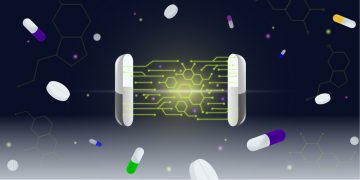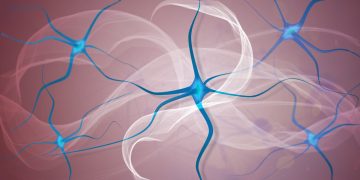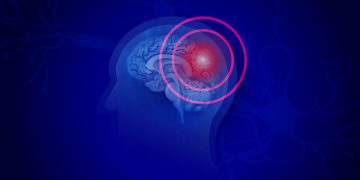
The ZE5 Cell Analyzer, a Fast and Flexible Flow Cytometer for High-Throughput Screening
High-throughput screening (HTS) is a critical component of the entire drug discovery process. Flow cytometry is an attractive alternative to imaging and plate reader assays for HTS in drug discovery, due to its increased sensitivity and multiplexing capabilities. The ZE5 Cell Analyzer eliminates pain points that have hindered the full adoption of flow cytometry for drug discovery.

Globally Aware Genomes — an Informatics Challenge
The Human Genome Project was completed nearly two decades ago, in 2003. The primary vision of this project was to produce a human reference genome, a representative example of the set of genes in one idealized individual human. However, the currently available reference genomes do not represent the genetic diversity found across different human populations. As such, any downstream products (drugs therapies, personalized medicine, etc.) derived from the human genome will not accurately represent the vast majority of the human population.

Lab of the Future
In an effort to increase the return on investment of research and development, pharmaceutical companies are constantly looking for ways to reduce costs. One way to do this is to incorporate technology and minimize human interaction. As a result, scientists will have more time to focus on the design and analysis of experiments. How will the Lab of the Future reflect these changes?

Active Machine Learning in Drug Discovery
Drug discovery and development are both time and resource intensive since a lot of different compounds need to be screened across a lot of different targets. See how machine learning models can be used to predict screening results and how active learning algorithms can be used to efficiently select which experiments to perform in order to build those models.

Maximizing Your Mouse: Using the Power of Bio‑Plex to Analyze Mouse Models of Disease and Treatment
Presented by: Daniel Braunschweig, PhD, Proteomics Field Application Scientist Leader
View on demand
This webinar provides an overview of multiplexing technology for research use with mouse samples and highlights the associated benefits to your drug discovery workflow. Specific topics include:

Develop an Immunotherapy in Augmented Reality
Every year cancer kills eight million people worldwide. By 2030, the number of annually diagnosed cases will exceed 21.7 million resulting in 13 million cancer deaths due to aging and population growth. Join the fight against cancer by embarking on a research mission to develop a personalized immunotherapy using augmented reality.

Alzheimer’s Disease: A Smoking Gun with No Suspect
For the past 30 years, there has been one assumed culprit of Alzheimer’s disease (AD) — beta-amyloid. However, researchers have been unsuccessful in developing effective therapies targeting this protein. Understand the history of AD and beta-amyloid and see what other biomarkers are being investigated as potential therapeutic targets.

Traumatic Brain Injury — A Controversial and Deadly Epidemic
Ever wonder how football is linked to degenerative brain disease? Find out here. Also, learn about novel biomarkers for traumatic brain injury (TBI), the current state of TBI research, and promising new approaches for developing a robust diagnostic tool. Discover tests currently used to diagnose TBI and read about unusual techniques used to develop reliable biomarkers.
